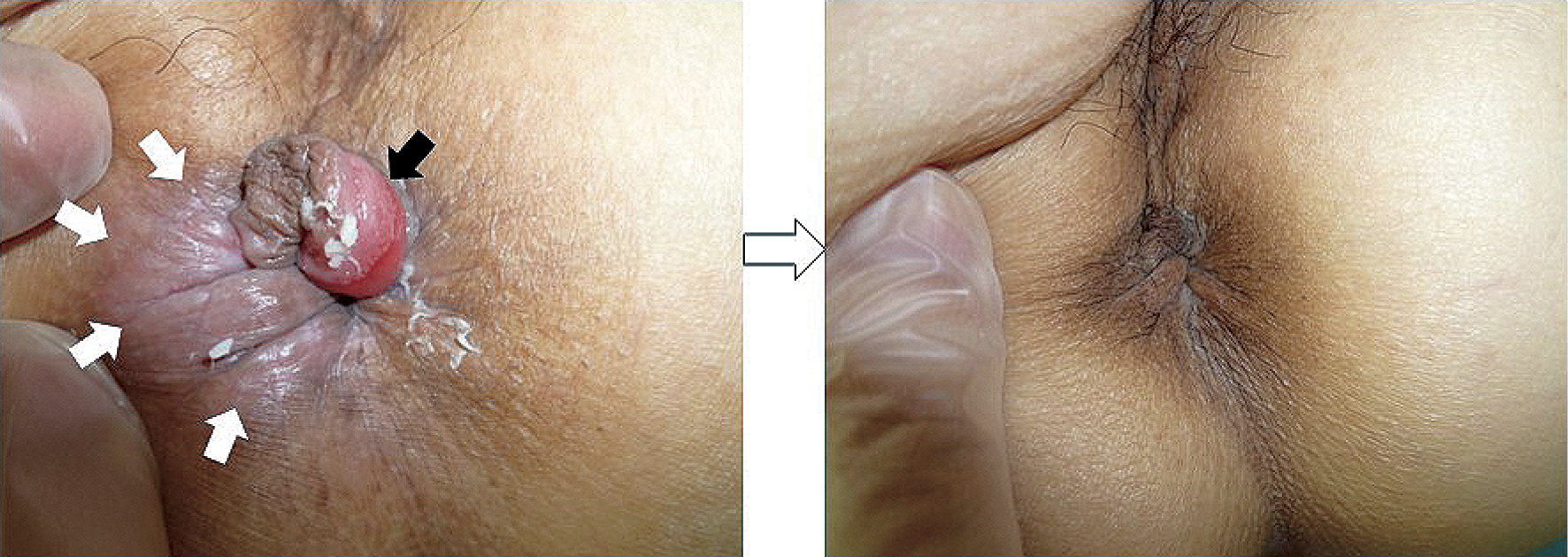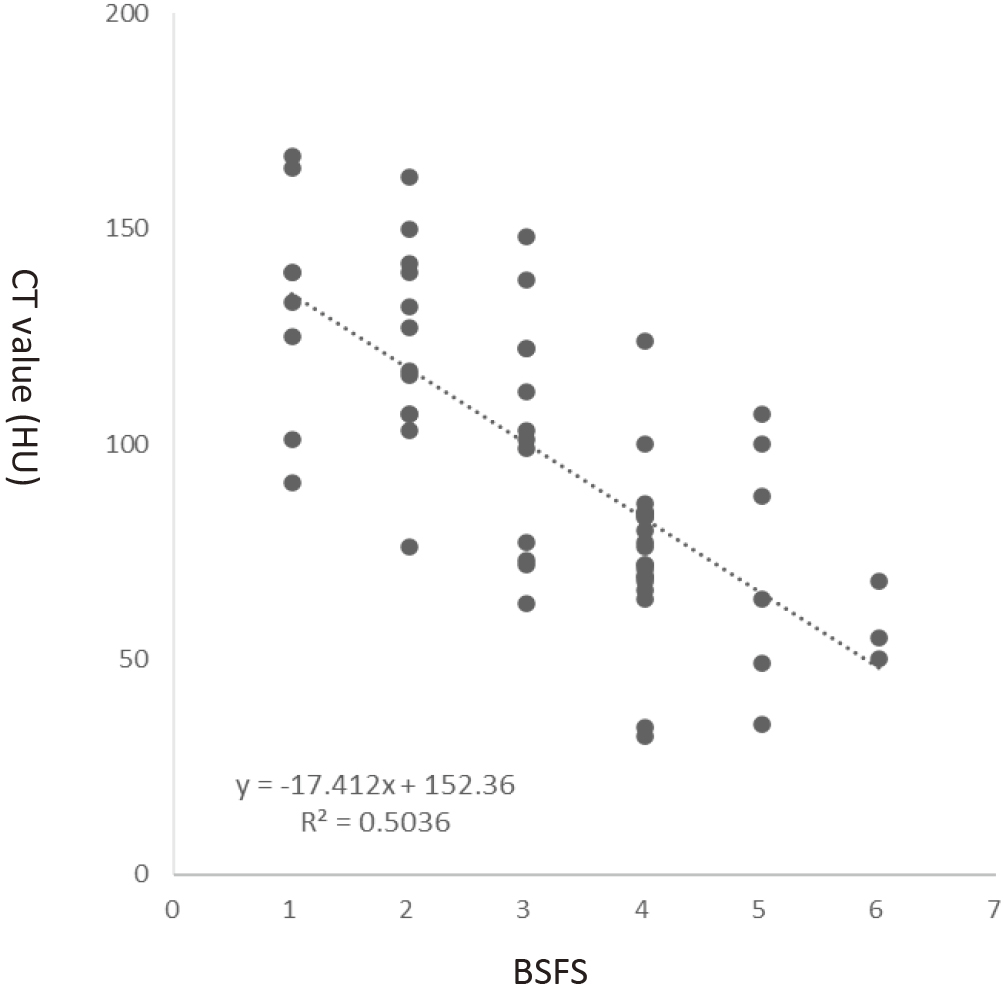Objectives: This study aims to investigate the impact of the coronavirus disease 2019 (COVID-19) pandemic on the situation of acute appendicitis (AA) with respect to patients' and general practitioners' behaviors in a general community hospital in Japan.
Methods: The surgical outcomes and periods from symptom onset to medical presentation besides practitioners' referral time for consecutive AA patients were compared between the control (January 2016 to March 2020) and COVID-19 periods (April 2020 to April 2021).
Results: Eighty-three patients who underwent emergency surgery for AA were reviewed. Complicated appendicitis significantly increased in the COVID-19 period (63.6% vs. 31.2%, P = 0.023). In the COVID-19 period, the time from symptom onset to the medical presentation (2.2 vs. 0.9 days, P < 0.001) was significantly longer than in the control period. Among the patients who first presented to a general practitioner, the referral time from the practitioner to our hospital was significantly longer in the COVID-19 period (1.6 vs. 0.7 days, P = 0.017). Furthermore, among patients with a fever of higher than 38°C at medical presentation, the time from symptom onset to medical presentation was significantly longer in the COVID-19 period (3.0 vs. 0.7 days, P = 0.015). There was no difference in severe postoperative complications.
Conclusions: Hesitation to seek surgical treatment for AA was seen in both the patients and practitioners in the COVID-19 period. The delay in surgical treatment presumably led to the increase in severe AA. In a pandemic era, timely care for emergent conditions is a crucial challenge.
View full abstract




